Oolong Tea
Oolong is also known as slimming tea, a beauty and health booster. It’s great for digestion, diuretics, anti-allergy and anticancer.
Sneak Peak
Oolong tea, also known as qing cha, is a partially oxidized tea. The process of oolong tea combines positive aspects of the green tea and black tea processes. The leaves remain green with a red ring. The taste has rich brisk and fresh characteristics of green tea as well as the sweetness and richness of black tea. It was invented around the 17th century in the Wuyi area.
SIP ALONG with
Rou Gui
$16.00 – $58.00
Dry Leaf: chocolaty, hints of fruit
Liquor Colour: deep amber red
Liquor Aroma: gentle cinnamon
Flavour: rocky, woody, cinnamon
Mouth Feel: thick, lingering, full
Bottom Cup: rocky, dry, caramel
Gaiwan Lid: Creamy floral
-
Description
Rou Gui is one of the most famous rock teas and a sip of this tea will make it immediately apparent why. The rich chocolaty scent of the dry leaf, with its teasing hints of fruitiness, implore us to get on with the brewing. Having done so, a dark amber-red liquor will taunt you with gentle hints of cinnamon wafting up to tease your nose. The first sip? Granite, clean dry woodiness and that silky unique spin on cinnamon that only Rou Gui can muster. It’s like a cinnamon stick, avoiding the brashness of ground or cooked cinnamon and combining with the stoic rockiness inherent in yan cha, creating an almost indescribable flavour of its own. This is all wrapped in a mouthfeel that warms and comforts to your very core.
-
Additional information
Origin Wuyi Mountains, Fujian Province.
Harvest time 2018 spring.
Brewing 5g/125ml at 100°C for 30 sec, add 10s for successive infusions. Over 10 infusions.
Storage Sealed well in a cool, dry, dark location.
Tasting Notes Harvest -
Reviews (0)
You may also like…
-
Autumn Tieguanyin
$10.00 – $31.00 -
Fenghuang Dan Cong – Rou Gui Xiang
$19.00 – $70.00 -
Aged Shou Mei – 2014
$23.00 – $290.00 -
Shui Xian
$16.00 – $58.00
The process
The oolong tea process can be summarized as withering (wei diao, 萎凋), shaking (zuo qing, 做青), pan-firing (chao qing, 炒青), rolling (rou nian, 揉捻), and drying (gan zao, 干燥). Shaking is the key step in making oolong tea, deciding the quality features and the base of its taste and aroma.
After withering, the leaves are shaken in the machine. During this process, the leaves hit each other and the edges of the leaves are bruised, encouraging oxidation and provoking a series of chemical and biological changes. The cells on the edge of the leaves are broken and oxidized, making the leaf edge look red. The center of the leaf also changes color, from green to a yellowish-green. This is called “green leaf with red edge” (lü ye hong xiang bian, 绿叶红镶边).
-
Almond Wudong Dan Cong
$8.00 – $140.00
Observe
Varying from different regions, the liquor of oolong tea ranges from bright, light yellow, to orange, all the way to a ruby-ish deep orange. The greener the dried leaves, the lighter the oxidization level, and the lighter the liquor color. Accordingly, the darker green, reddish-brown, or lusterous black the dried leaves, the deeper the liquor color.
Aroma
Oolong is a partially oxidized tea with strict plucking standards. Many oolongs are about 20% oxidized, keeping the freshness of green tea, while the oxidization also gives it the rich aroma and taste of black tea. Benefiting from both sides, oolong has won many people’s hearts.
-
Autumn Tieguanyin
$10.00 – $31.00 -
Tie Guan Yin Classic
$16.00 – $59.00
Types of Oolong Tea
Minbei Oolong: Wuyi yan cha, Minbei Shui Xian, Wuyi Rou Gui etc.
Minnan Oolong: Anxi Tie Guan Yin, Qi Lan, Ben Shan Oolong, Huang Jin Gui, etc.
Guangdong Oolong: Fenghuang Dan Cong, Fenghuang Shui Xian, Raoping oolong.
Taiwan Oolong: Dong Ding Oolong, Wenshan Bao Zhong, etc.
Grades of oolong
Good oolong
Appearance: Tie Guan Yin leaves look thick and sturdy, curved and round; Shui Xian leaves are tight and sturdy, twisted straight lines.
Luster: various shades of green with radiance.
Aroma: floral
Liquor color: gold or orange-gold, bright.
Taste: thick and rich, refreshing, vivid, and agile.
Brewed leaves: a green leaf with a red edge. The vein and the edge are lustrous red, while the rest is yellowish-green.
Bad oolong
Appearance: rough and loose, “light”
Luster: dull brown or red.
Aroma: smoky, burnt, grassy, or other odors.
Liquor color: green tinge, dull red, cloudy.
Taste: thin with bitterness and astringency
Brewed leaves: dull and dark.
-
Shui Xian
$16.00 – $58.00
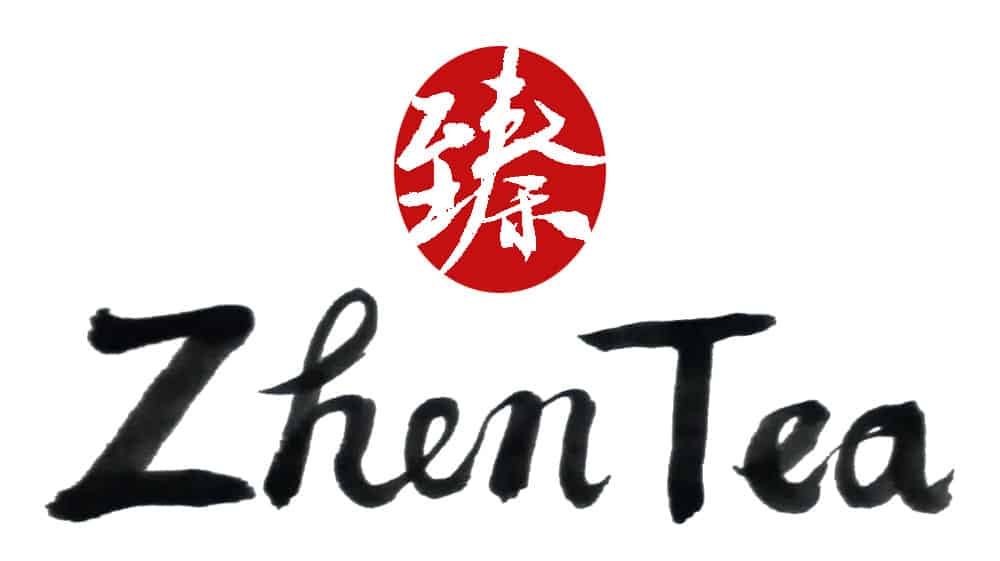
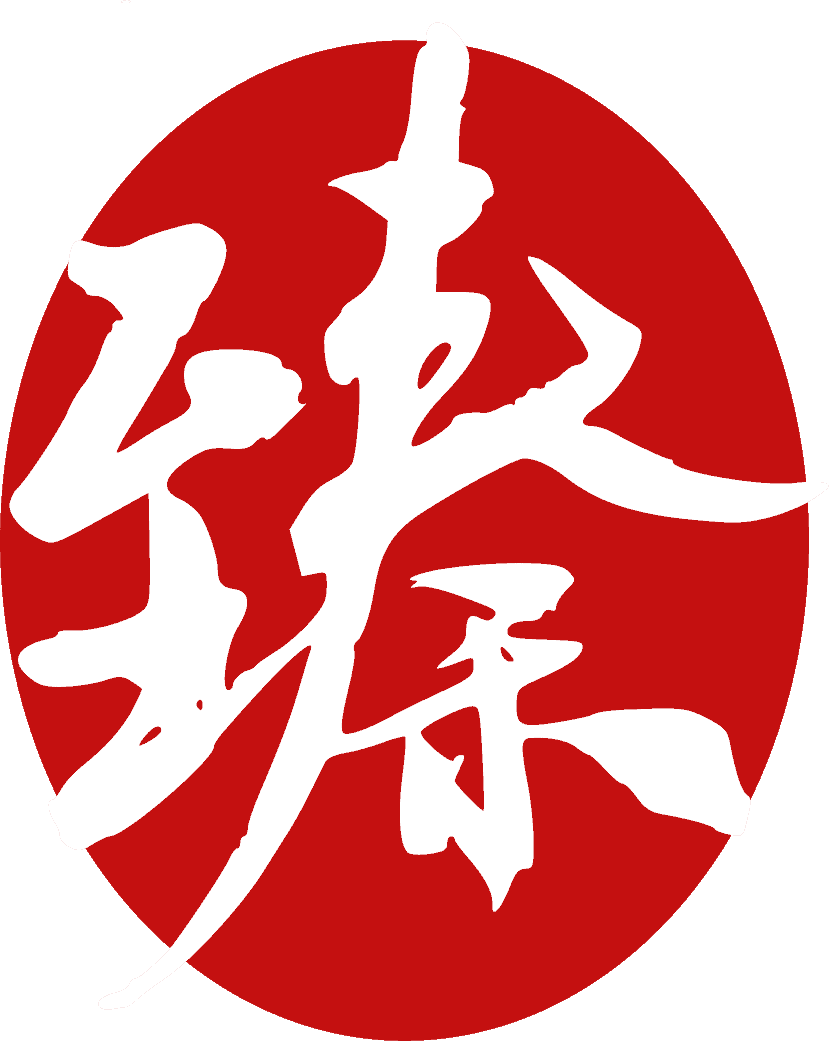
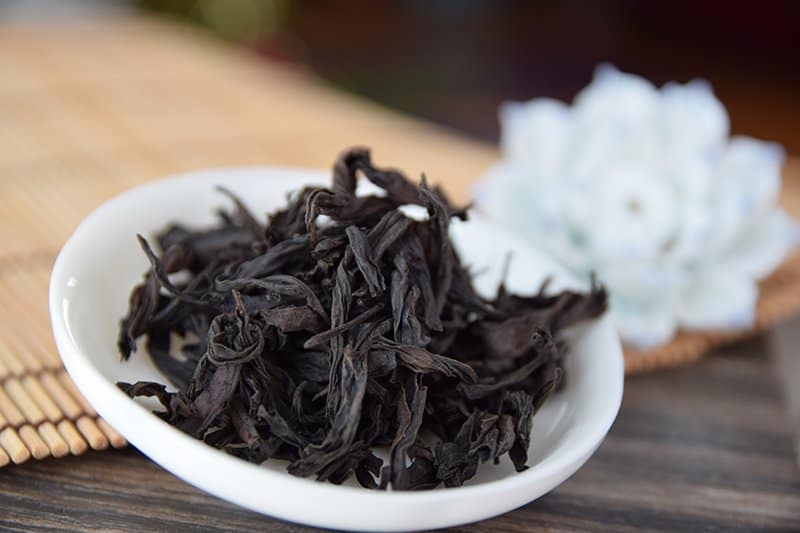
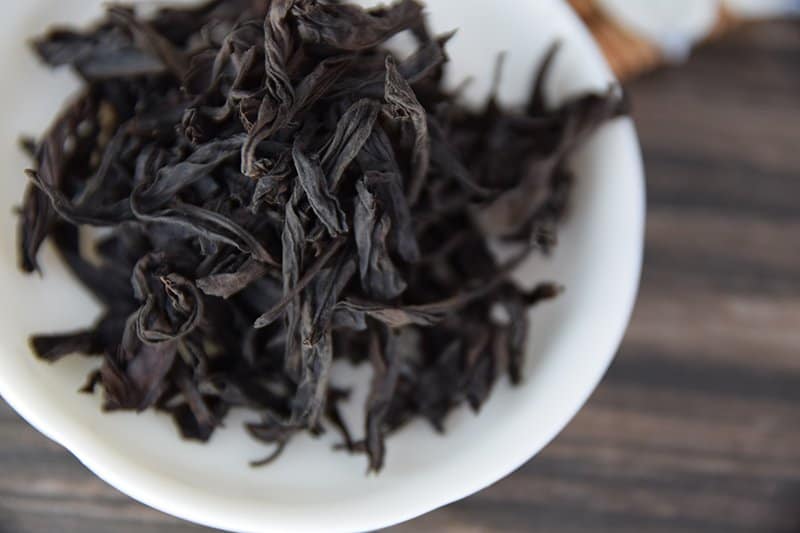
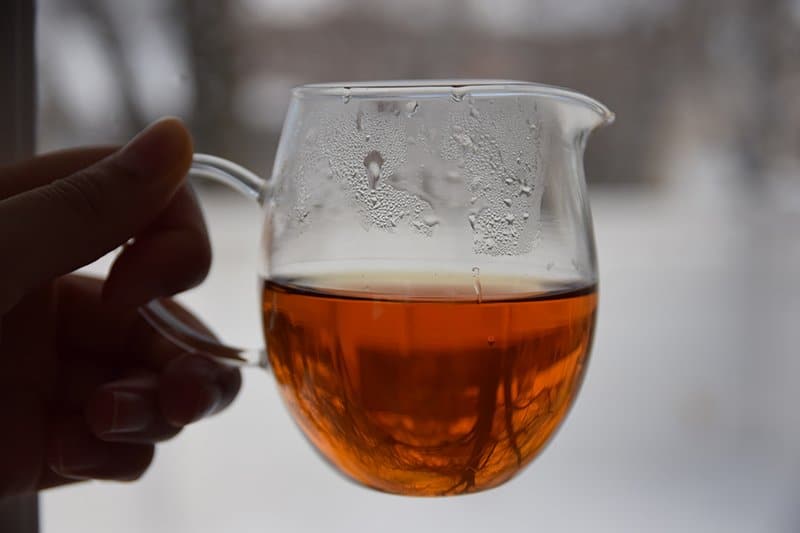
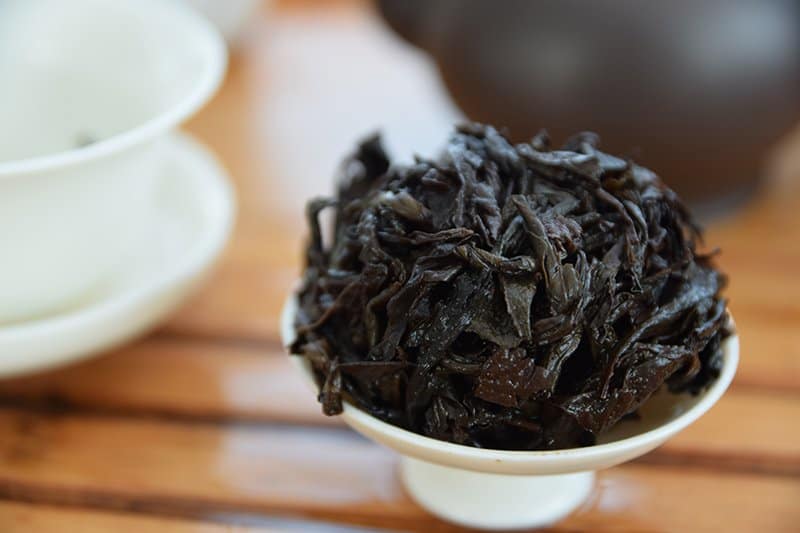


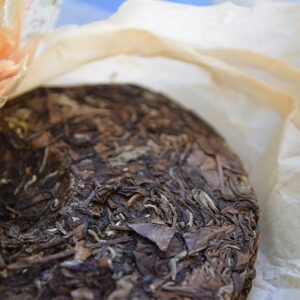




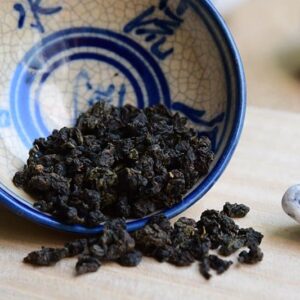
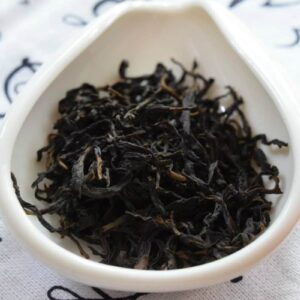
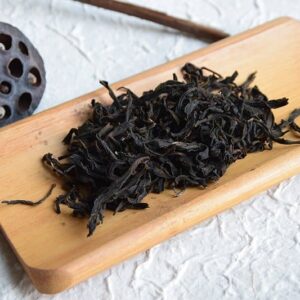
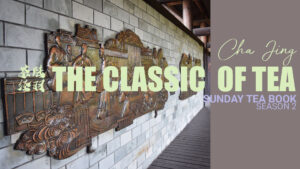
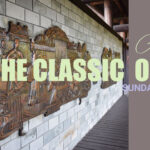
Reviews
There are no reviews yet.